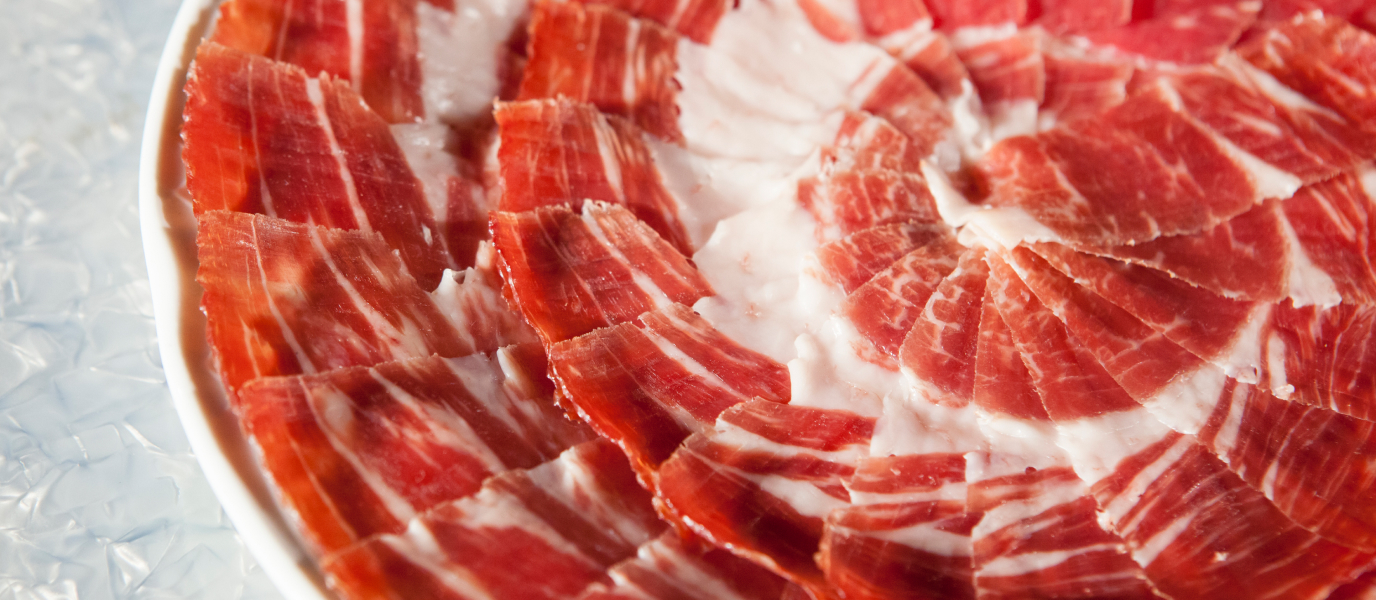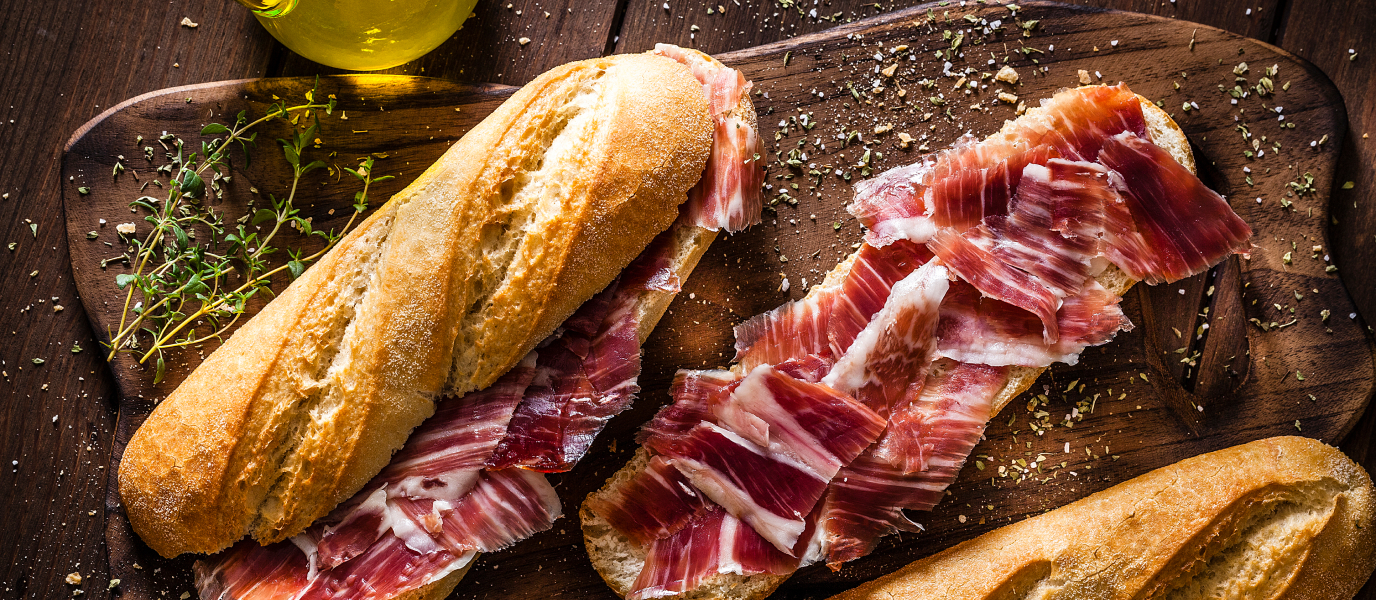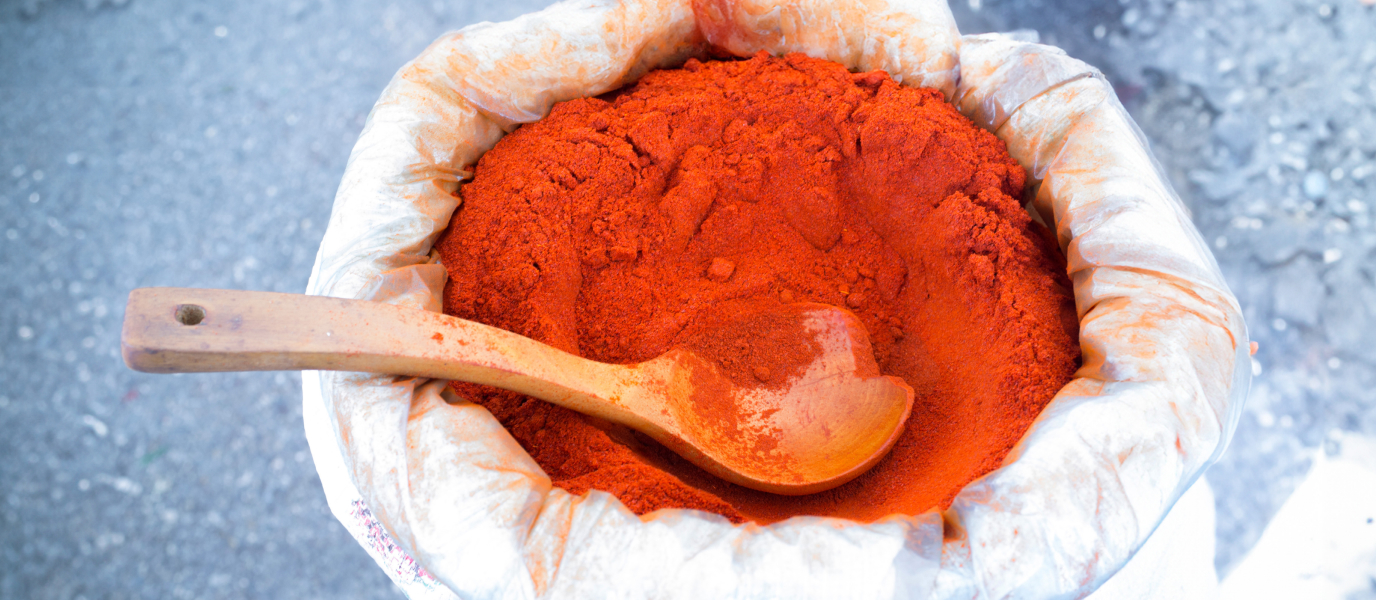Migas stand out among the most typical dishes of Extremadura. What started as something rustled up by shepherds in the most rural parts of the region from whatever was close to hand, has today made its way into households and restaurants, not only in Cáceres and Extremadura, but all over Spain.
There are many other dishes typical of Extremadura, most of them fashioned out of local ingredients: very simple stuff, not involving much fanfare and bearing the unmistakable taste of a place where nature and traditions continue to hold their own as priceless treasures.
Migas extremeñas
For shepherds out in the fields, there was nothing simpler than making the most of bread, even if that bread was from the previous day. They would extract the crumbs, leave them to ‘soak’ for a night in just the right amount of water, then ‘light fry’ them over a wood fire the following day, adding ingredients that did not easily go off: garlic, chorizo, belly pork, pimentón, and a sprinkling of olive oil.
Today, migas extremeñas are no longer the exclusive preserve of shepherds. They are made in virtually every household in the region. When grapes are in season, they are often split and added to the mix (once the migas have been cooked), and some even add chocolate as well.
This definitely is one of the tastiest and most robust dishes of Extremadura. Go easy on the size of your helping if you choose to have it for starters. This is a region where people eat a lot, and the helpings – of everything – are usually quite substantial.
Torta del Casar and other tortas from Extremadura
Some may say this is not really typical of the region, but Torta del Casar is, undoubtedly, a most fundamental element of food in these parts, and has earned itself a place up there amongst the best cheeses in Europe.
The key to its taste is that it’s made from merino sheep’s milk. Rather, from the milk of sheep that undertake the yearly seasonal trek-cum-pilgrimage from Extremadura to Castile, or vice versa.
Torta del Casar is eaten at room temperature. Here’s how it’s done: you ‘skin off’ the top, dive in and spread on bread, then add little sprinkles of quince jelly, jam or red fruits. To accompany that, any one of the many good wines produced in the region.
There are two other types of tortas indigenous to the region, quite similar conceptually, and no less delicious: Torta de La Serena and Torta de Ibores.
Chanfaina
The slightly squeamish might have some misgivings about the fact that roasted offal (yes, innards!) and lamb flank constitute the base of one of the tastiest typical dishes of Extremadura. But so it is indeed. The bits of meat are cooked – in fact delicately stir-fried in onion, garlic and bay leaf, and a little bit of pepper.
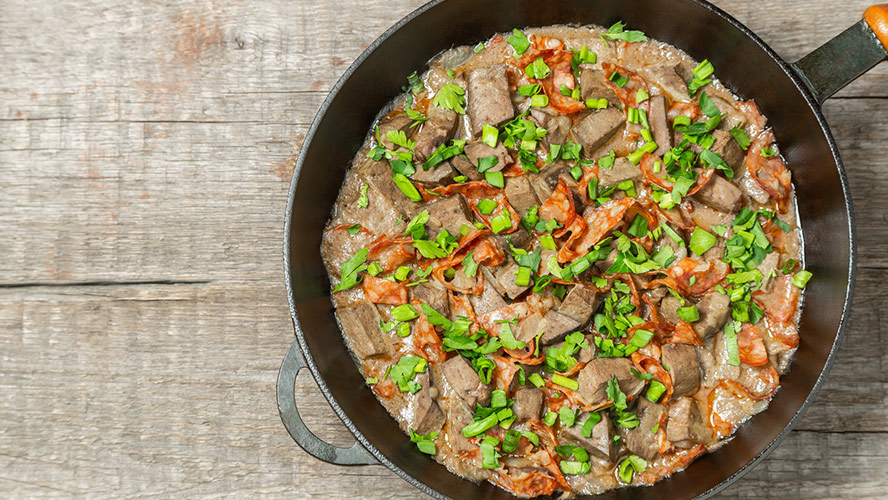
Pestorejo
This is the tapa par excellence in places like the region’s capital city, Mérida. It also is one of those typical dishes from these parts not recommendable for all, given its overwhelming fatty content.
It’s basically bits of ears, pig’s snout and pig’s jaw flesh, marinated in garlic, parsley, salt and oil, then grilled on a wood fire, or even fried.
Gazpacho extremeño
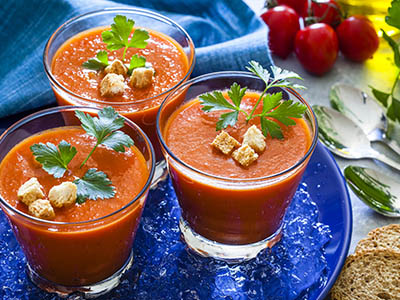
The presence of pimentón (smoked paprika) as another ingredient, which gives it a slightly different aroma, is probably the only thing that makes gazpacho extremeño any different from Andalusian gazpacho. This cold soup, made with tomato, garlic, onion, sweet pepper, cucumber and other green vegetables, is one of the best ways to cope with the sweltering summer days in Extremadura.
Zorongollo
From the La Vera area of the region, zorongollo is one of the most refreshing typical dishes of Extremadura.
At its core, the typical roasted red pepper salad, to which the necessary ingredients are added, though that’s just a matter of taste. For zorongollo extremeño, good extra virgin olive oil, onion and hard-boiled eggs are thrown in as well.
It is ideal as a starter for lunch or dinner in summer. Needless to say, a good wipe of the plate with bread to savour the sauce is called for in order to fully savour a good zorongollo.
Repápalos
Another typical dish in these parts, rustled up with bits and bobs, leftovers and basically whatever’s usable. So, here again, bread from the previous day comes into play, the crumbs used this time to make bread balls, with garlic, parsley and whisked egg meshed into the mix.
After they’re fried, repápalos are dipped in a sauce made from chive or onion and leeks, all previously fried in extra virgin olive oil. There’s also a sweet version of this dish, in which the balls are dipped in milk.
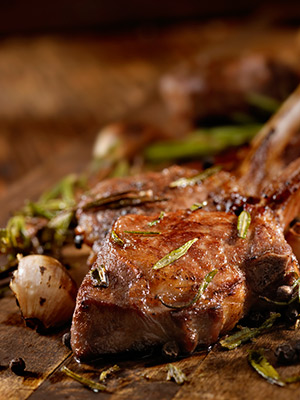
Goat stew
Another dish that originated among shepherds in these parts, like migas and repápalos. Also one of the most notable typical dishes of Extremadura. As the name suggests, goat’s meat is essential, as are sweet peppers, onion, garlic, paprika – sweet or hot – and white wine. All the ingredients are stewed together for at least one hour, preferably in an iron pot, on a woodstove.
Cochifrito extremeño
Another dish very typical of Extremadura, which is as simple as it is delicious. Experts agree the key lies in the marinade. The recipe is simple: all you have to do is crush garlic in a mortar, add pimentón, rosemary, oregano, olive oil and salt. When that is all neatly mixed together, you drop in the little bits of pig’s meat and leave to macerate for a night. The following day, fry in very hot olive oil. How crunchy is crunchy enough? That’s entirely up to you.
Typical sweets of Cáceres
Pastry from Cáceres, like all of Extremadura, is informed by two culinary traditions – the Moorish tradition and convent sweets. Here are some of Extremadura’s sweetest sugary specialities:
- Perrunillas: not exclusive to the region, but perhaps among the best known beyond it. The main ingredients are flour, almonds, eggs, lard, sugar, anise and grated orange peel. Oven-baked, they come out dry and crunchy.
- Sapillos: made from the dough of hard bread, with grated lemon peel and cinnamon cooked in milk, then fried in olive oil. Usually served in a bowl along with the milk naturally spewed from cooking.
- Técula Mécula: a dessert typical of these parts, somewhat similar to marzipan. Made with almond, egg yolk and sugar, all placed on a crust of puff pastry. You can also add lard and cinnamon.
- Bombones de higos: with a coating of chocolate and fig heart. This combination is as unusual as it is delicious. Now considered a typical Extremaduran dish in its own right.
- Bollos de chicharrones: born out of the pig-slaughtering tradition. Though salty (it is, after all, the fat lodged just under the skin of the pig) it is, nevertheless, the base ingredient of a sweet that is now part and parcel of Christmas in Extremadura.



























































